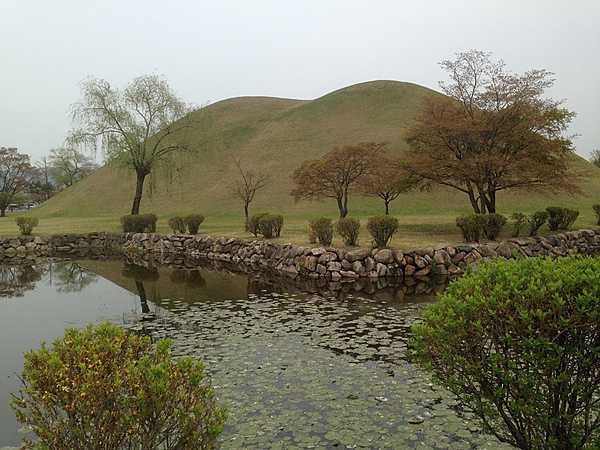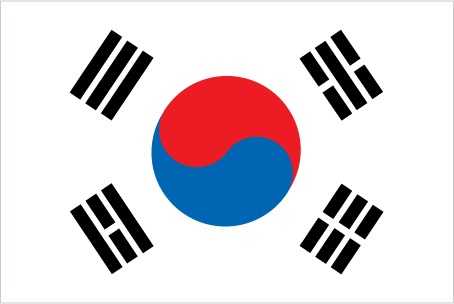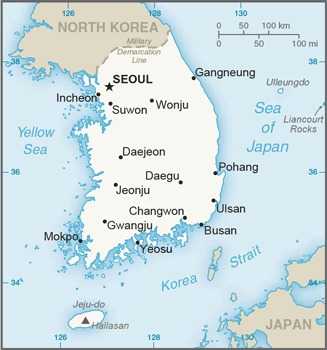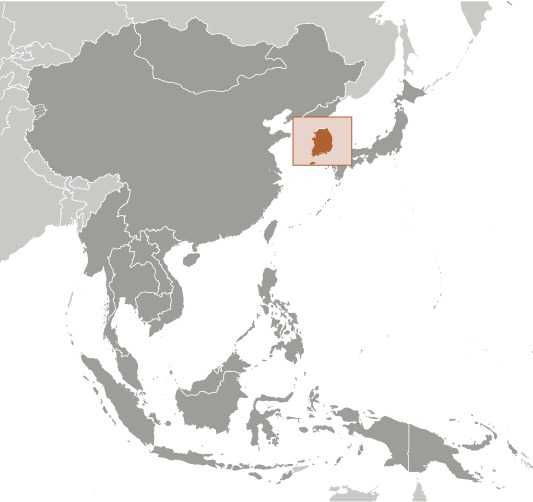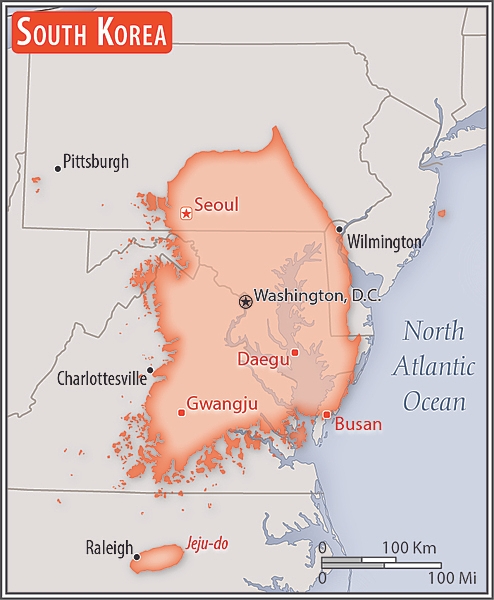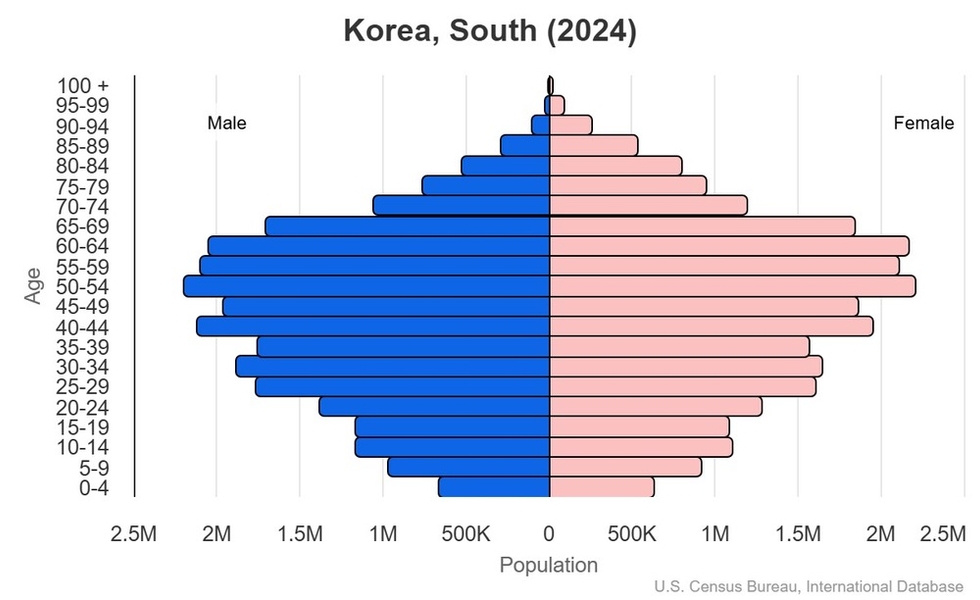Introduction
Visit the Definitions and Notes page to view a description of each topic.
Geography
People and Society
Population
comparison rankings: total 28; male 28; female 28
Languages
Median age
comparison ranking: total 15
Population growth rate
comparison ranking: 175
Birth rate
comparison ranking: 223
Death rate
comparison ranking: 105
Net migration rate
comparison ranking: 43
Maternal mortality ratio
comparison ranking: 179
Infant mortality rate
comparison ranking: total 212
Life expectancy at birth
comparison ranking: total population 15
Total fertility rate
comparison ranking: 226
Obesity - adult prevalence rate
comparison ranking: 184
Alcohol consumption per capita
comparison ranking: total 48
Tobacco use
comparison ranking: total 88
Children under the age of 5 years underweight
comparison ranking: 123
Education expenditure
comparison ranking: Education expenditure (% GDP) 37
Environment
Carbon dioxide emissions
comparison ranking: total emissions 9
Government
Economy
Real GDP (purchasing power parity)
comparison ranking: 14
Real GDP growth rate
comparison ranking: 166
Real GDP per capita
comparison ranking: 39
Inflation rate (consumer prices)
comparison ranking: 64
GDP - composition, by sector of origin
comparison rankings: agriculture 161; industry 47; services 98
Industrial production growth rate
comparison ranking: 113
Labor force
comparison ranking: 23
Unemployment rate
comparison ranking: 28
Youth unemployment rate (ages 15-24)
comparison ranking: total 157
Gini Index coefficient - distribution of family income
comparison ranking: 99
Public debt
comparison ranking: 96
Taxes and other revenues
comparison ranking: 86
Current account balance
comparison ranking: 6
Reserves of foreign exchange and gold
comparison ranking: 9
Energy
Electricity
comparison rankings: installed generating capacity 10; consumption 7; transmission/distribution losses 189
Energy consumption per capita
comparison ranking: 13
Communications
Telephones - fixed lines
comparison ranking: total subscriptions 11
Telephones - mobile cellular
comparison ranking: total subscriptions 22
Broadband - fixed subscriptions
comparison ranking: total 11
Transportation
Merchant marine
comparison ranking: total 12
